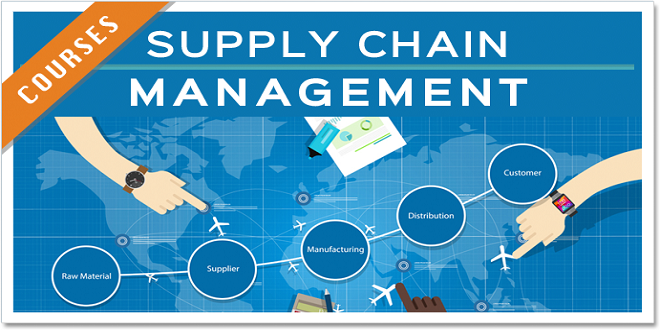
In the first section, the cluster of value was introduced, with the suggestion that firms may simultaneously take part in more than one type of supply network. It seemed a logical supposition supported by research evidence, that firms will also utilize a number of operations strategies to match the complexity of their environment and achieve competitive advantage. It was also postulated earlier in the first section, that each of these operations strategies would rely heavily on a number of building blocks; including supply network relationships. We now need to consider the process by which these strategies are developed and deployed.
The Building Blocks of a Supply Network Operations Strategy
In any supply network, an organization will view particular aspects of its undertaking as being of strategic importance. These aspects include core competencies, capabilities, and processes; strategic network relationships; resources; technologies; key tactical activities to support a particular strategy or positioning; the actors in the network; and its linkages. Figure 4 portrays these in a schematic.
Core Competencies and Capabilities
A firms core competencies and capabilities, can be (a) process based (directly derived from transformation activities); for a manufacturer such as Motorola these could include the excellence of their production facilities; (b) system or coordination based (across the entire operational system), as seen, for example, in Wal-Mart, with fast replenishment of goods, vendor-managed inventory, a broad variety of products, and the ability to customize individual stores and product ranges and to modify and develop new products quickly; (c) organization based (across the entire organization), as, for example, Nordstrom and Disneyland; and (d) network based (covering the whole supply network), as in the case of FedEx and McDonald’s.
Strategic Network Relationships
Strategic network relationships are the key relationships, interconnections, and associations formed over time and responsible for supplying inputs, whether services, products, components, or information
Resources
Clearly, resources vary by industry and firm, but generically, they can be considered on two levels: the individual resources of the firm (capital equipment, skills, brands, and so on), and the way the resources work together to create competitive advantage. Given the individuality of a resource-based strategy, we have to think of resources as being (a) tangible (physical, technological, financial, etc.), which is important for such producers as Sony and Lexus; (b) intangible (communication and information systems, reputation, culture, brands, and so on)—for investment banks such as Merrill Lynch, reputation is critical; and (c) human (specialized skills and knowledge, communication and interaction, motivation and the like), as is important to Southwest Airlines and the Ritz-Carlton hotel chain.
Technologies
In addition to being a resource used in the general sense (equipment, etc.), technology also includes core technological know-how in product and process innovation across the whole organization and its supply network, as, for example, for Compaq or Microsoft.
Actors
Actors range from individuals to groups of companies operating at various levels of control within the network. Daimler-Chrysler has one of the most advanced supply network and outsourcing operations—their workforce and management receive extensive training in these aspects.
Linkages
Linkages are as important as the components. There will be clear linkages and relationships between all the elements in a supply network, and the degree of coordination and control in any particular instance will strongly influence competitive performance. Linkages are usually in the form of shared information and continuous communication.
Last word
We can also postulate that a supply network operations strategy will have distinct building blocks that provide the necessary and unique emphases to each situation. We can now examine how this strategic customization is undertaken and the important role that supply network relationships play




